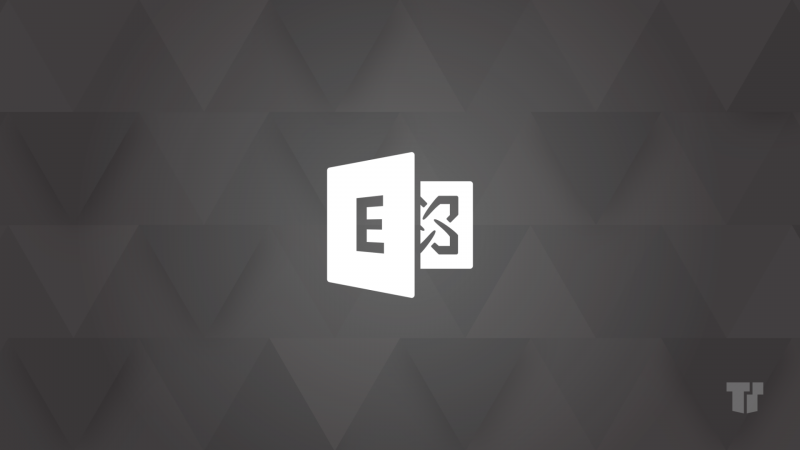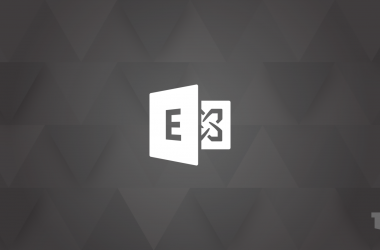Last year, Microsoft announced changes to their servicing model for Exchange Server that moved to a servicing cadence of two Cumulative Updates (CUs) per year, releasing in H1 and H2 of each calendar year, with general target release dates of March and September. Microsoft’s release dates are driven by the payload and quality, and other work that might take priority, such as releasing an SU.
Today Microsoft are announcing that because there are less than 2 weeks remaining in November, and because we don’t release CUs in December, there won’t be an H2 2023 CU. Microsoft took a similar approach last year.
There are only two more CUs to release, and both are only for Exchange Server 2019: CU14 and CU15, aka H1 2024 and H2 2024.
The CU14 release date slipped from this year to early next year. It will now likely be released in January 2024. When CU14 is released, it will have lots of goodness in it, including support for TLS 1.3, an S/MIME control fix, Extended Protection on by default, and more.
When CU14 is released in January, it will be after January 9, which means we are now delivering two CUs after the end of mainstream support for Exchange 2019. This can be confusing, and you may wonder why we are releasing CUs for a product in extended support when we always say that products in extended support don’t get CUs.
There’s a nuance here. Using Exchange 2019 as an example, the end of mainstream support is on January 9, 2024. That’s not the deadline for the release of CUs. January 9, 2024, is the last date you can request a bug fix or a Design Change Request (DCR) and have the Exchange team consider it. We will accept requests for bug fixes and DCRs until Jan 9. After that date, we will only consider security fixes. Anything filed on or before Jan 9 is fair game. And we might need some time to fix it.
So, we might have to release an update months after mainstream support has ended. In this case we will release not one, but two, CUs after the end of mainstream support. This is simply us making good on our customer promises.
The Exchange Team
Read full article (Microsoft Exchange Blog)
All content and images belong to their respected owners, this article is curated for informational purposes only.







